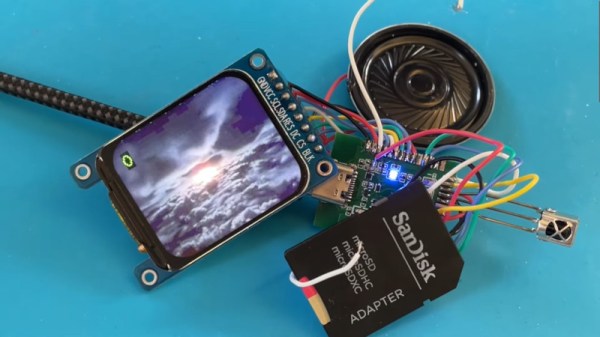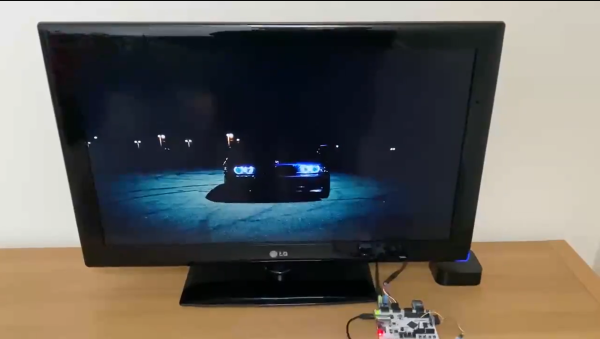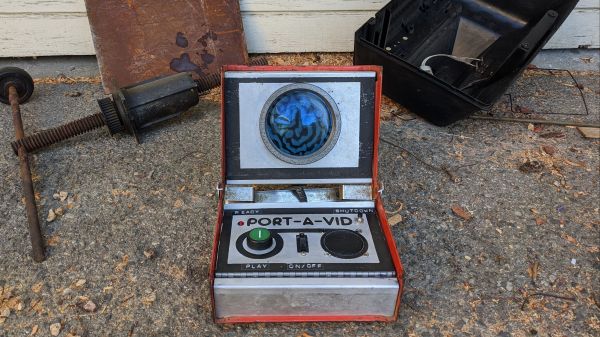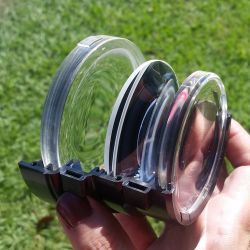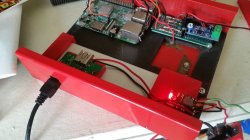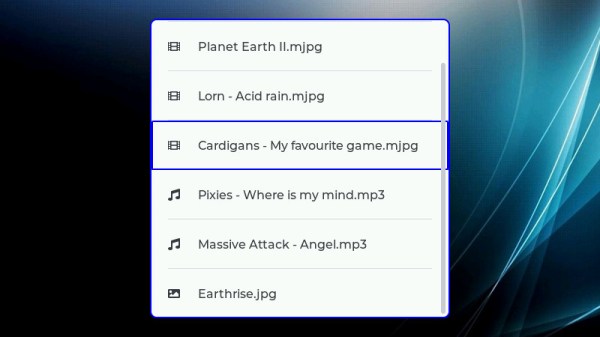While it might not be accurate to say VHS is dead, it’s certainly not a lively format. It continues on in undeath thanks to dedicated collectors and hobbyists, some of whom may be tempted to lynch Reddit user [CommonKingfisher] for embedding a video player inside a VHS tape.

The hack started with a promotional video card via Ali Express, which is a cheap enough way to get a tiny LCD player MP4 playing micro. As you can see, there was plenty of room in the tape for the guts of this. The tape path is obviously blocked, so the tape is not playable in this format. [CommonKingfisher] claims the hack is “reversible” but since he cut a window for the LCD out of the casing of the cassette, that’s going to be pretty hard to undo. On the other hand, the ultrasonic cutter he used did make a very clean cut, and that would help with reversibility.
The fact that the thing is activated by a magnetic sensor makes us worry for the data on that tape, too, whether or not the speaker is a peizo. Ultimately it doesn’t really matter; in no universe was this tape the last surviving copy of “The Matrix”, and it’s a lot more likely this self-playing “tape” gets watched than the VHS was going to be. You can watch it yourself in the demo video embedded below.
VHS nostalgia around here usually involves replicating the tape experience, rather than repurposing the tape. We’re grateful to [George Graves] for the tip. Tips of all sorts are welcome on our friendly neighborhood tips line.



